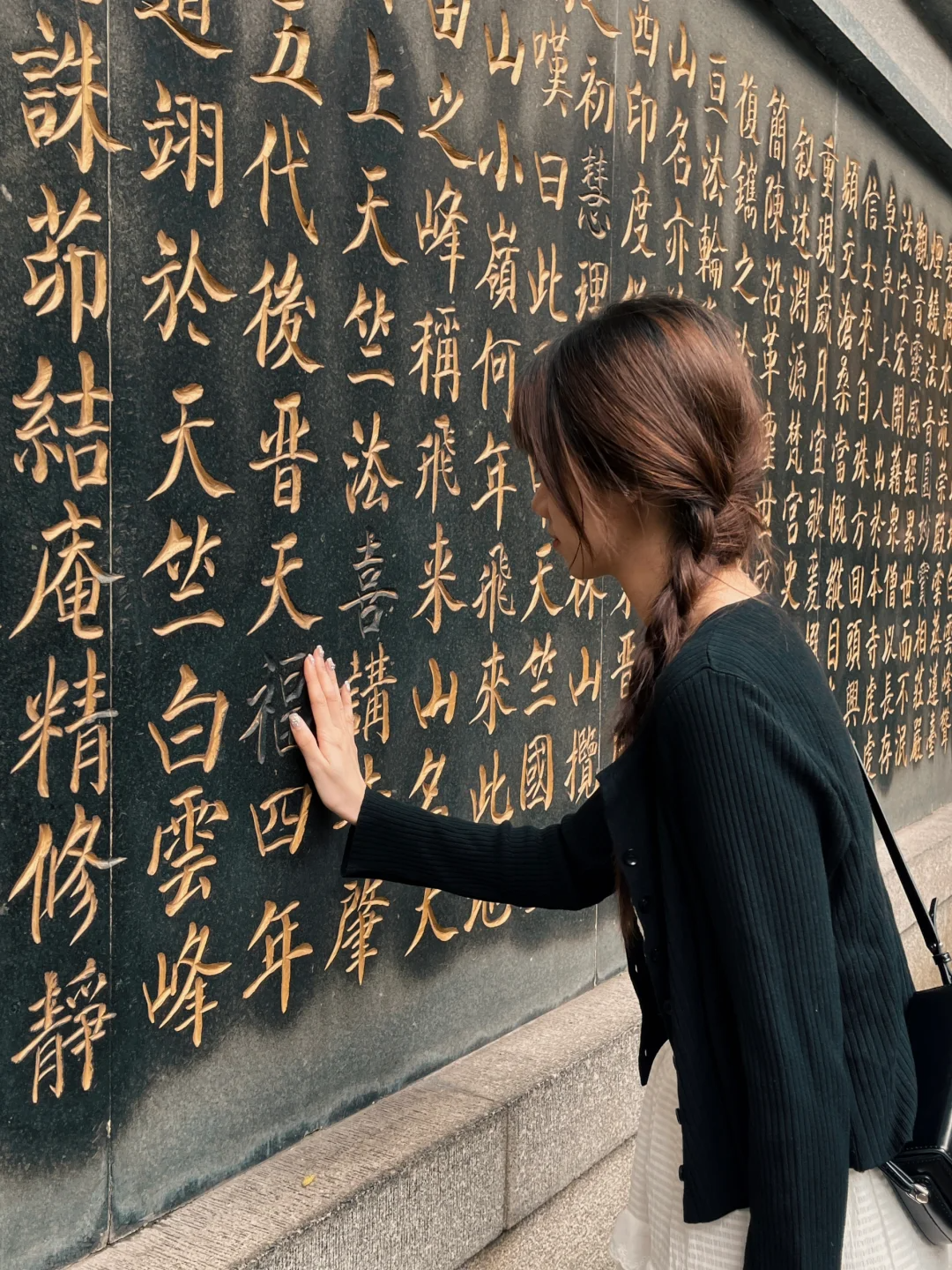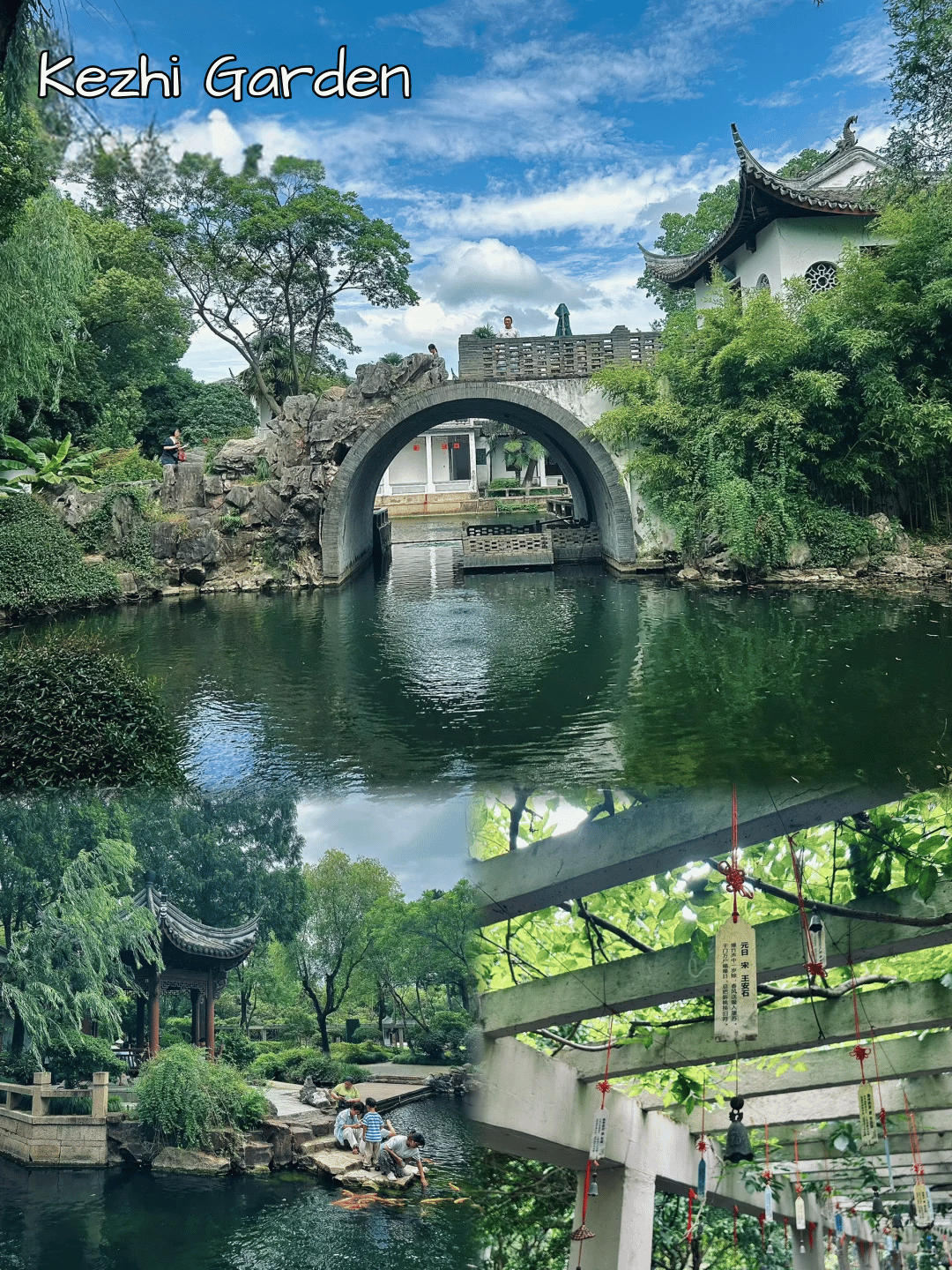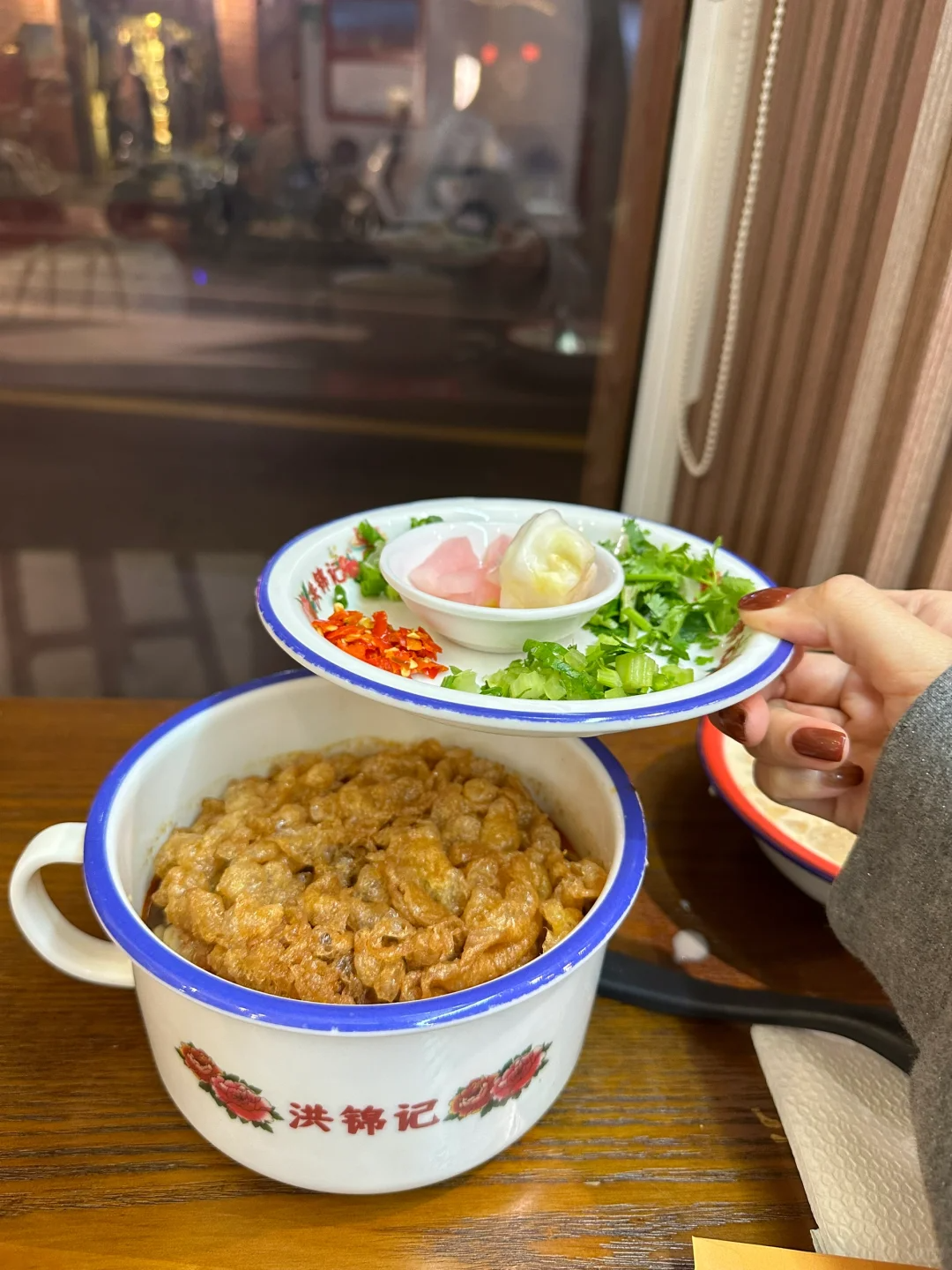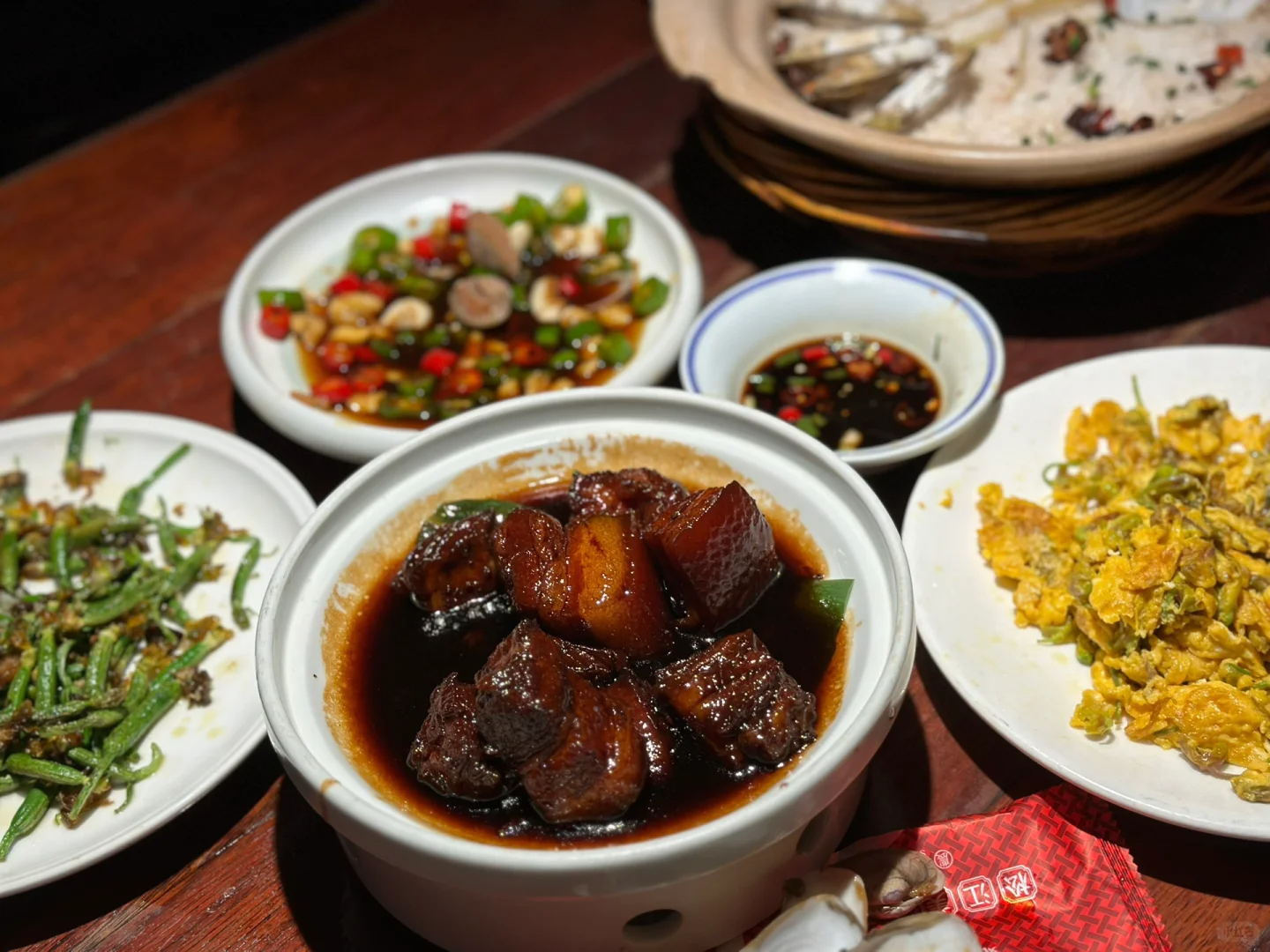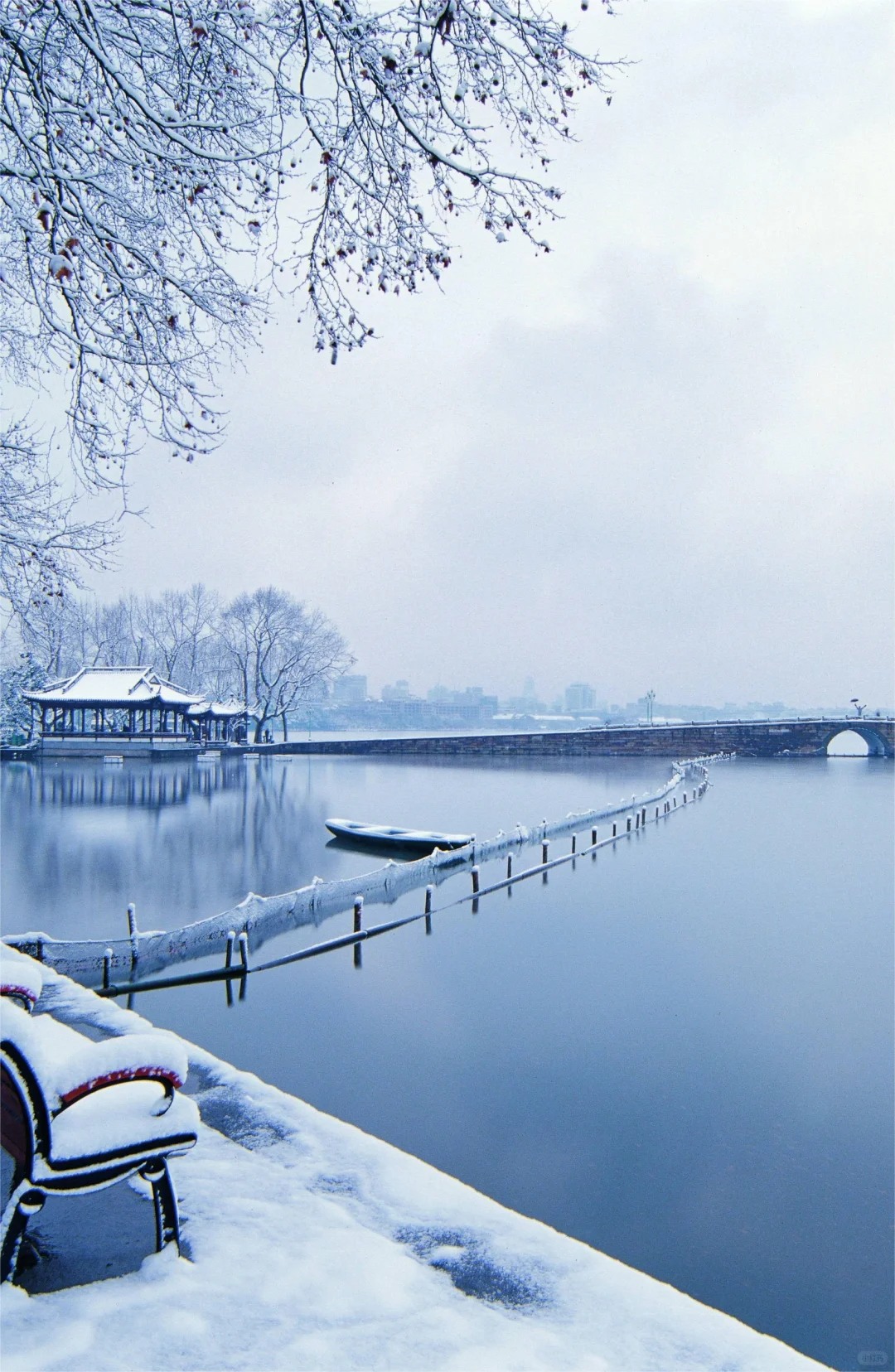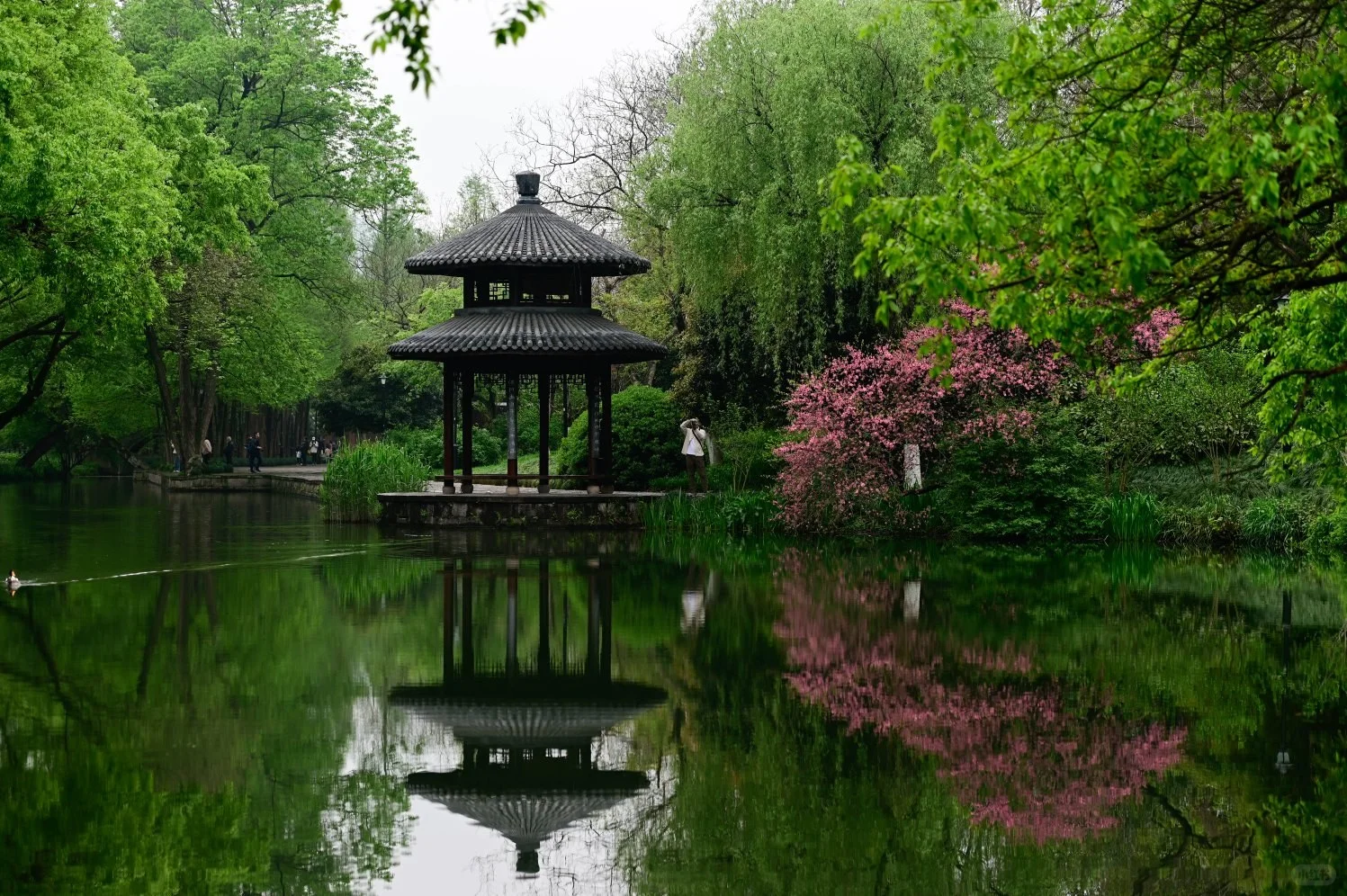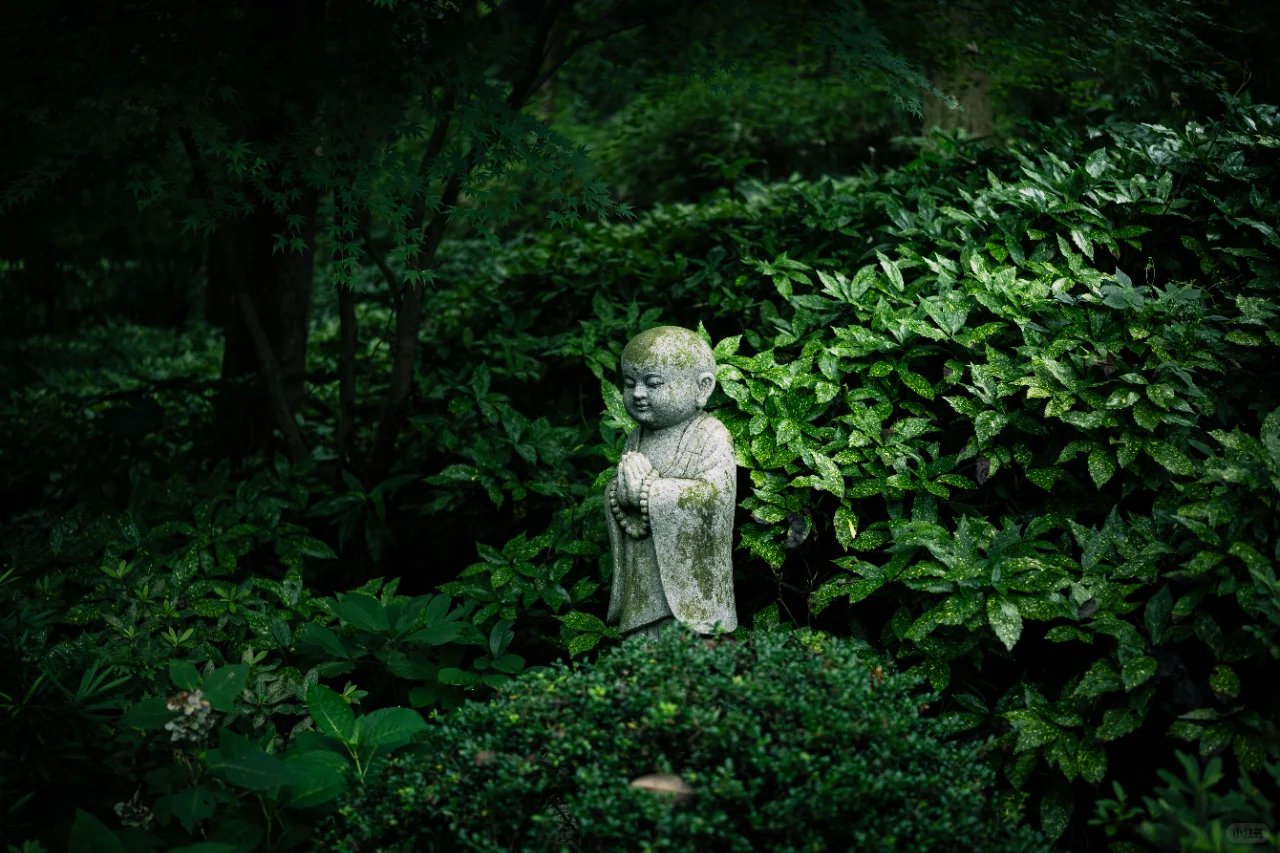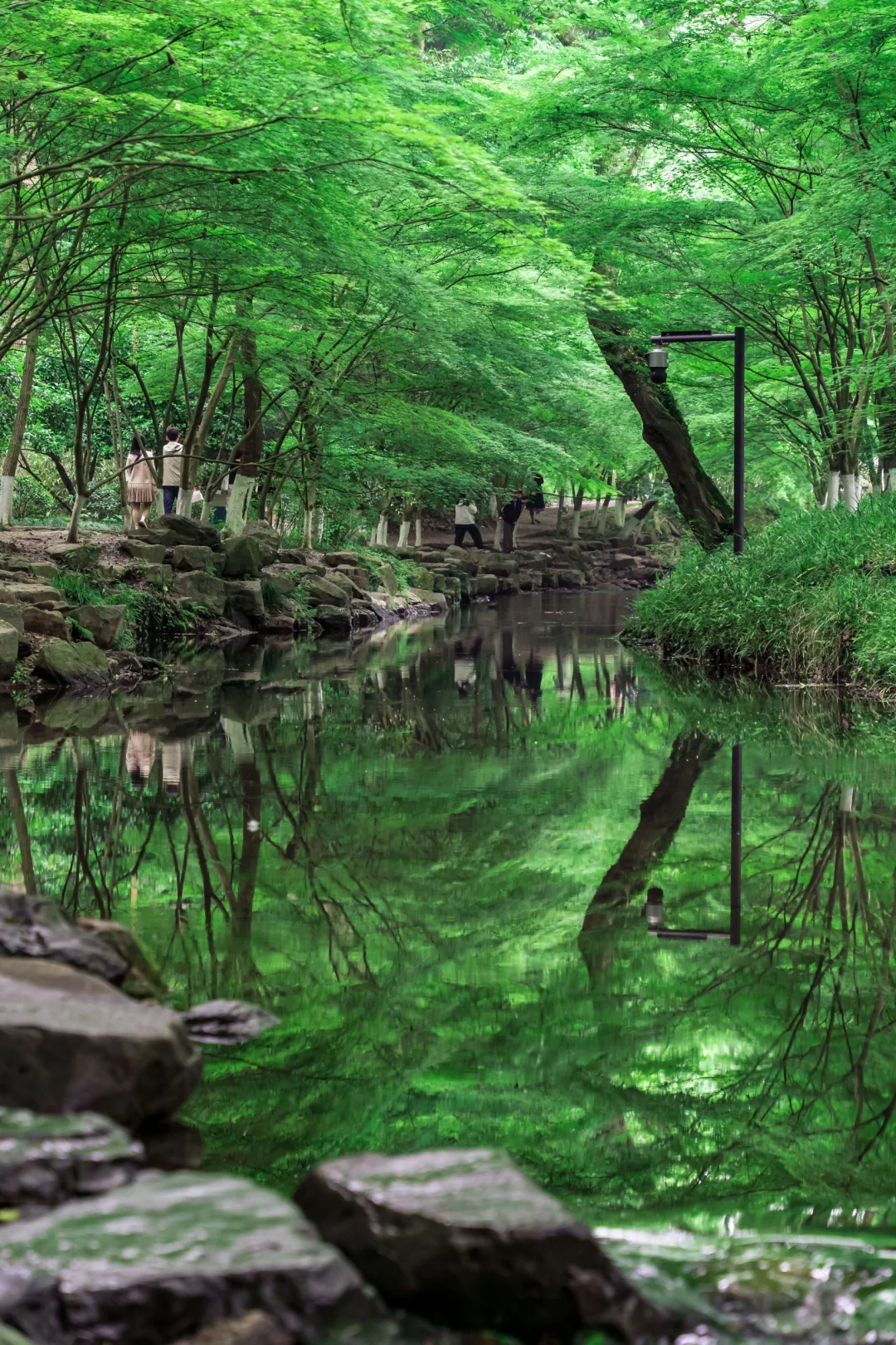Jing'an Temple: The Most Glamorous Ancient Temple in Shanghai
🌟 Location: Nestled in the bustling Nanjing West Road, Jing’an Temple is a dazzling, ancient gem with over 1700 years of history, dating back to the Eastern Wu period in 247 AD.
🌟 Unique Feature: Jing’an Temple is the only “East Esoteric” temple in China, a branch of Esoteric Buddhism that spread to Japan, while another branch, Tibetan Buddhism, went to Tibet. It has a rich heritage influenced by historical figures such as Shanmouyi and Kōkai (Kūkai), who brought Esoteric practices from China to Japan.
During the Tang Dynasty, in the Kaiyuan period, the monk Shàn Wúwèi from Central India and the monk Jīn Gāngzhì from South India arrived in Chang’an one after another. Shàn Wúwèi and his disciples translated the “Mahāvairocana Sutra” and other texts of the “胎藏界” (Womb Realm) teachings in the 12th year of Kaiyuan (724). Jīn Gāngzhì and his disciples translated the “Vajra Peak Sutra” and other texts of the “金刚界” (Diamond Realm) teachings in the 12th year of Tianbao (753), thereby establishing Esoteric Buddhism in China.
During the reigns of Emperor Xuanzong, Emperor Suzong, and Emperor Daizong of the Tang Dynasty, Esoteric Buddhism flourished. However, during the reign of Emperor Wuzong, Buddhism faced severe persecution, and Esoteric Buddhism began to decline. By the Ming Dynasty, the court suppressed secret religions, and Esoteric Buddhism was completely lost in China.
Among Shàn Wúwèi’s disciples, there were five successive disciples, one of whom, Huiguo, transmitted Esoteric Buddhism to Kōbō Daishi (Kūkai), who was studying in China and later brought it back to Japan. It was then promoted in Japan and is now known as “Eastern Esotericism.”
From 1922 to 1936, the monk Chishō Shōnin made three trips to Japan to study Esoteric Buddhism in places such as Kōyasan, and he established an Esoteric altar in the back building of Jing’an Temple, reviving the Tang Dynasty Esoteric Buddhism that had long been lost in China.
🌟 About East Esoteric Buddhism: It involves both external practices (rituals and ceremonies) and internal practices (mental and spiritual transformation). The goal is to harmonize inner light with cosmic light, achieving purity and enlightenment.
- Internal Esotericism focuses on transforming the inner mind, clearing the body’s energy channels and mental disturbances, turning them into fire and then into light. This light merges with the cosmic light, achieving a state where the internal and external are indistinguishable, which is the method of purification and the function of the inner self.
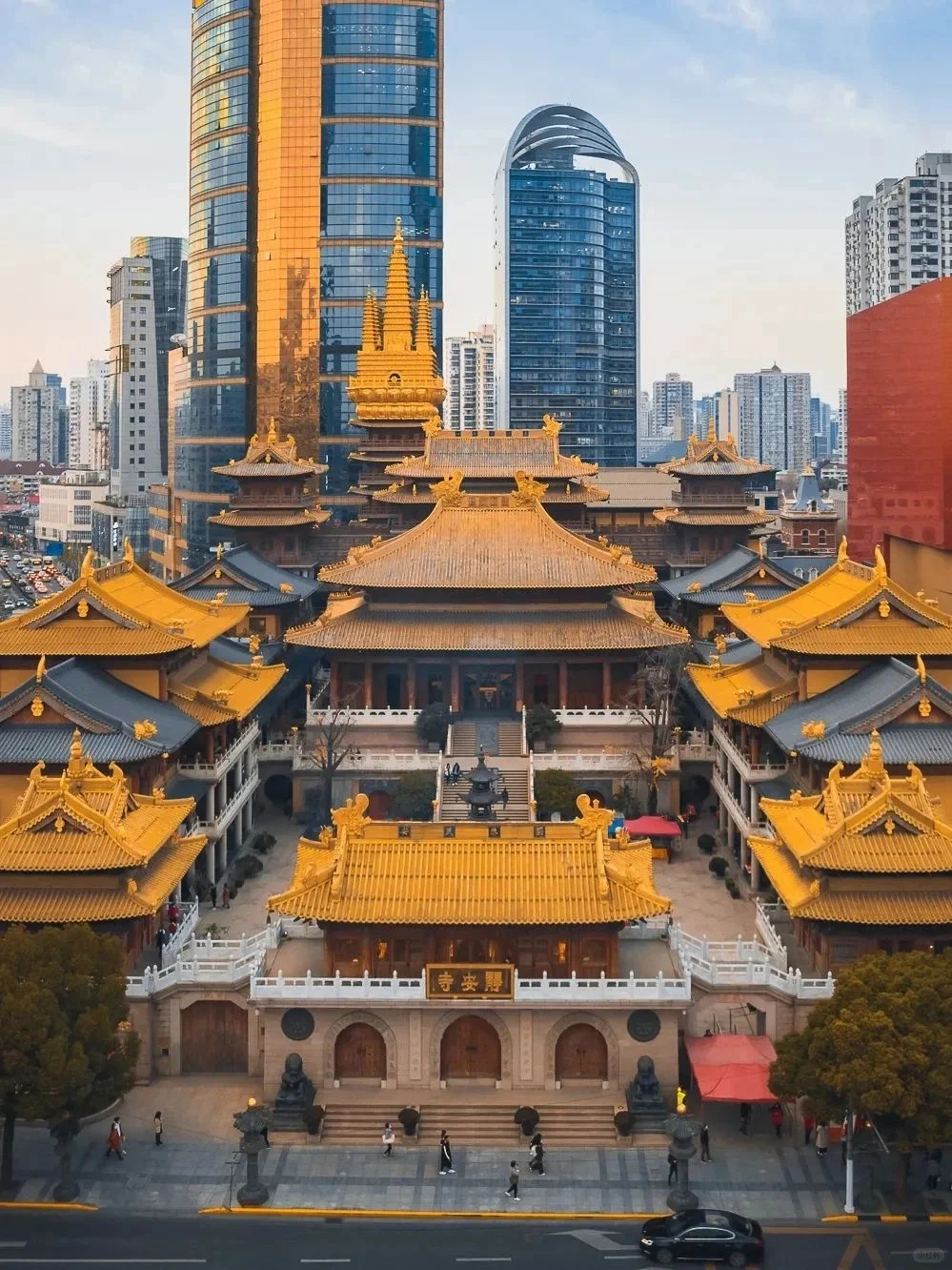
✅ Ticket Info & Timing:
Entry Fee: 50 RMB on regular days, 100 RMB on holidays. Tickets available via WeChat or Alipay. 💳
Incense Sticks: 10 RMB per bundle (optional), purchased through WeChat. After entering the temple, you can buy them using the WeChat QR code at the vending machine by the entrance.🌸
Opening Hours: 7:30 AM - 5:00 PM ⏰
Special Lighting: Available on Fridays and Saturdays after 6:00 PM 🌟

✅ Transportation:
- Address: 1686 Nanjing West Road, Jing’an District, Shanghai 🏠
- Metro: Take Line 2, 7, or 14 to Jing’an Temple Station. Exit through Gate 1 on Line 2, then turn left.The entrance and exit are at the same spot. 🚇
✅ Temple Highlights:
- Architecture: Traditional and elegant buildings, including the Mahavira Hall, Heavenly King Hall, and Scripture Pavilion, along with the Bell Tower and Drum Tower. 🏛️
- Temple Process:
- Incense Offering: Collect incense sticks at the left side of the entrance, with incense fee of 2 RMB (optional). 🕯️
- Coin Toss: Use coins in the large incense burner to wish for success. 💰
- Worship: Walk around the square to explore the two floors. Notable statues include the 6.2-meter-high Thousand-Year Camphor Guanyin and the 3.87-meter-high Shakyamuni Jade Buddha. 🕉️
- Shopping: Visit the Dharma Shop for incense, amulets, and Buddha statues. 🛍️
✅ Special Tips:
Free Materials: Grab Buddhist literature at the southwest corner on the first floor. 📖
Fortune Telling: Encounter fortune tellers near the station, who might provide accurate readings if you understand Chinese. 🔮
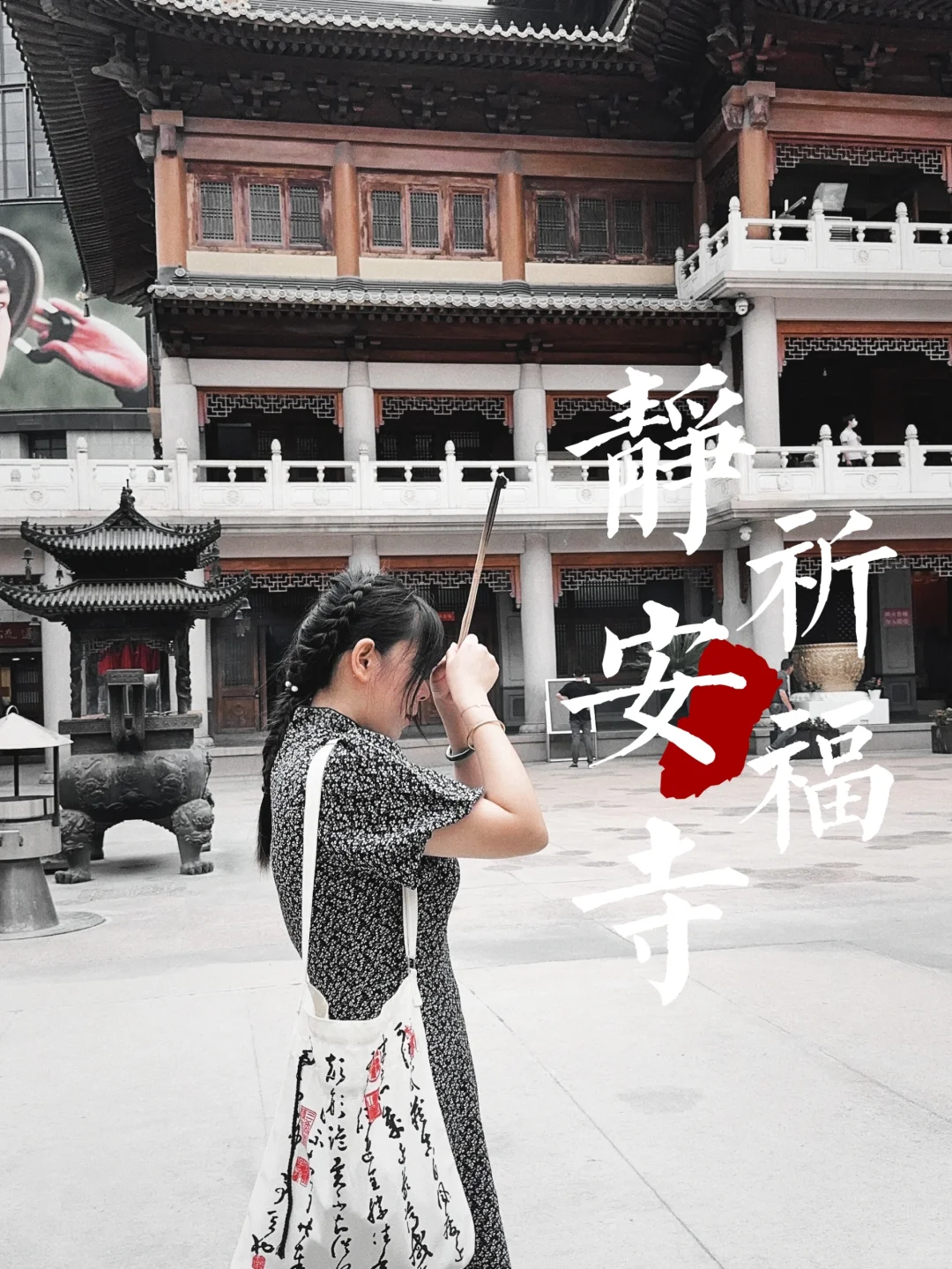
✅ Dining Recommendations:
🍽️Renhe Restaurant
- Michelin Starred: 🌟Enjoy exquisite dining with a historic Shanghai ambiance. Don’t miss the crab roe egg dish and the delicate “She De” green vegetables. 🍲
🍜Songhe Lou
- Vegetarian Delights: Perfect for those seeking a peaceful meal after visiting the temple. The noodle house has a rich history and serves delicious vegetarian noodles. 🌱
Popular Ice Cream: 🍦
- 90 Leaves Matcha Ice Cream: Choose from six matcha flavors, with increasing intensity. The “3rd Flavor” is highly recommended. 🍵
Nearby Attraction:
- Zhang Ailing’s Former Residence: Visit the Changde Apartment on Changde Road, the former home of the renowned author Zhang Ailing. Enjoy a latte at the Mary café, which has been around for 20 years and supports Zhang Ailing-themed events. 🏡
Happy Exploring! 🌟✨
